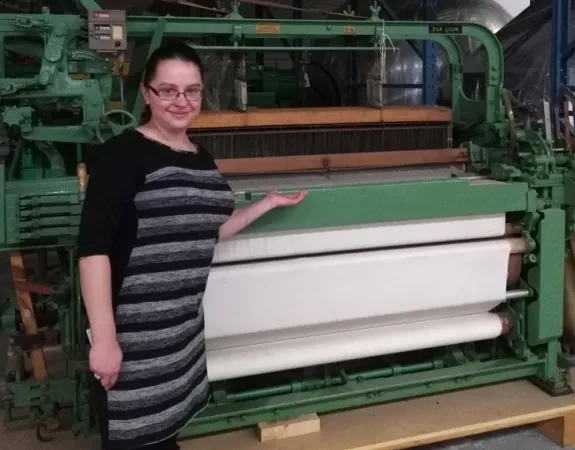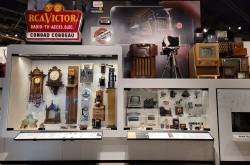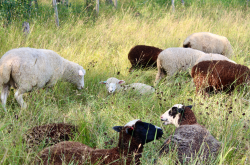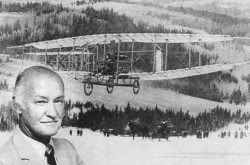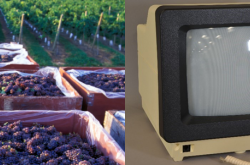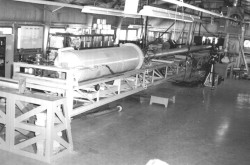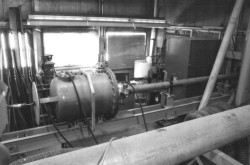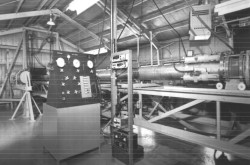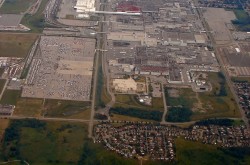Untangling the knot: A brief history of the Canadian textile industry
I have always been a wee bit of a history nerd, long before I chose it as my field of study at Carleton University. I could never stop myself from wondering about the past of places, the people who lived there, the events that transpired, and the experiences that shaped the present.
Egged on by my boundless curiosity, I often buried my head in books and encyclopaedias, and whenever an opportunity presented itself, I would visit historical sites and museums. Imagine my excitement when I found out I was accepted to do my practicum at Ingenium – Canada's Museums of Science and Innovation! Now I could see for myself how history is documented and preserved, and work alongside the dedicated people who contribute to the conservation of our past.
Upon my first tour of the vast museum artifact warehouses, I couldn’t help but gawk at the great multitude of fascinating things — trains, antique cars, telephone station switchboards, typewriters… I was enraptured. However, my excitement was subdued as I approached one of the objects of my study — a steel monstrosity painted green. The Crompton and Knowles industrial silk and rayon loom, model S-6 — former property of Kingston’s DuPont textile facility — was massive, menacing and way out of my league. Yet, I was to acquaint myself with the mechanic beast. This was to be my project: the study of the artifacts in the industrial textile collection and the research of relevant material, for the purpose of expanding Ingenium’s catalogue information. Over the weeks that followed, I familiarized myself with this big machine and others like it in the collection. Although I dubbed it the “green monstrosity,” it was actually a very cool loom, considered to be top of the line in the days of its operation. Through this exploration, I began my investigation into the history of the Canadian textile industry.
Historically, textile manufacturing has been an influential Canadian industry, playing an important economic role throughout the nineteenth and twentieth centuries. In fact, it was the third-largest employer in industrial manufacturing in the mid-nineteenth century, after iron and steel production. In the hard years of 1930 –1935, textile manufacturing sustained industrial employment. By the 1970s, Canadian textile workers earned the highest pay in the sector across the globe.
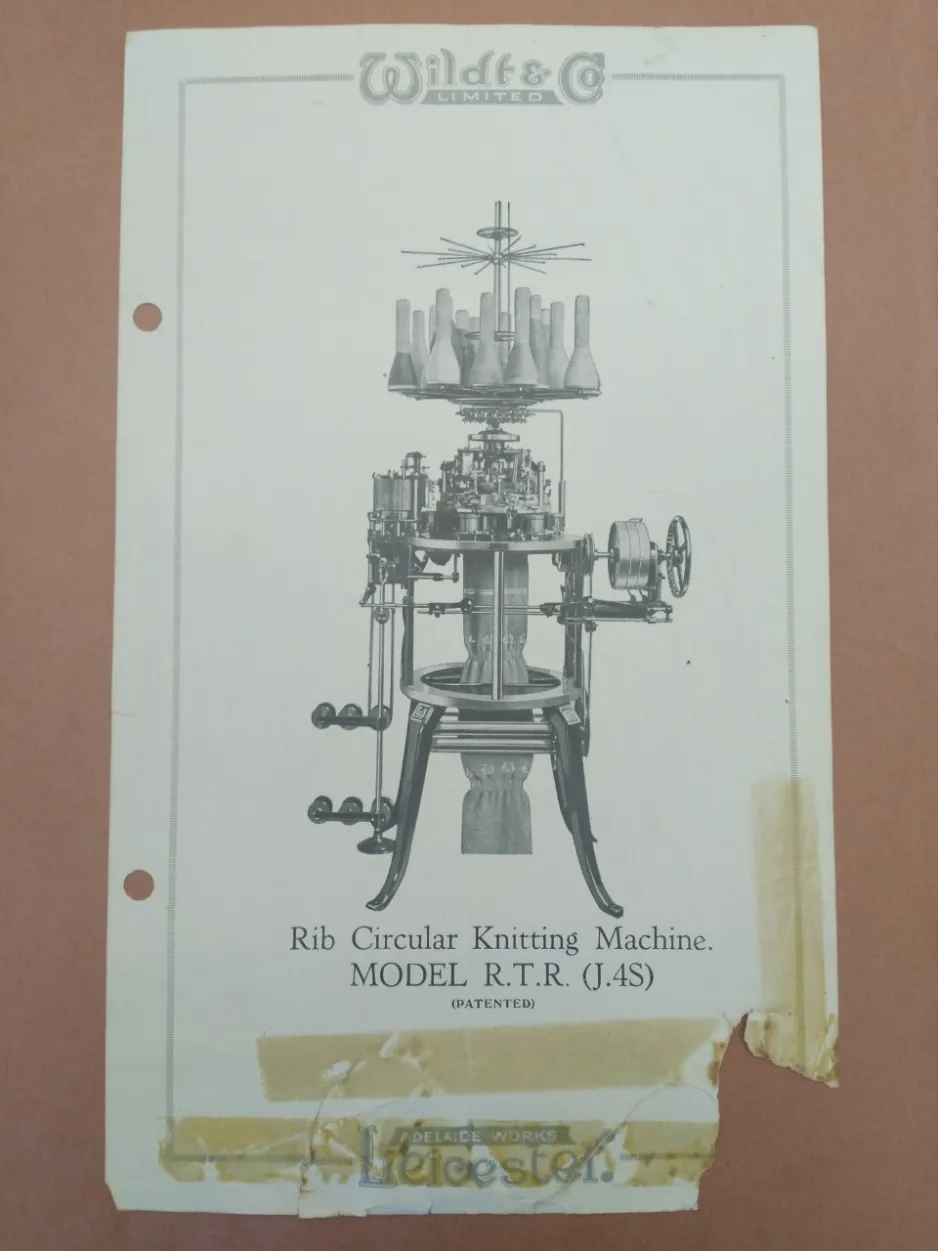
Taken from trade literature, this image shows the Model R.T.R. Wildt & Co. knitting machine used in Kingston, Ontario.
Prior to the industrialization of textile manufacturing in Canada, fabric was produced at home or imported. The earliest-known mill that undertook all the steps in textile manufacturing was a woollen mill built in the 1820s. More mills producing wool fabric were soon constructed. By the mid-1800s, the industry had expanded to include some 385 cotton mills across Upper and Lower Canada. By the early 1900s, the industry included knit goods production and a growing number of man-made fabrics using innovative blends, with close to 2,000 factories and mills in operation.
At its height in the twentieth century, the textile industry was so well organized and robust that it not only fulfilled up to 60 percent of domestic market demands, but it also met military requirements during both world wars. By the end of twentieth century, the rise of textiles manufactured in developing countries resulted in a decline in Canadian domestic production. Today, the majority of Canada’s textile needs are filled with imported goods.
My practicum at Ingenium broadened my knowledge of Canadian industry and permitted this educational excursion into Canadian history. I am also quite thrilled that I caught a glimpse of the amazing variety of artifacts housed at the museum — over 80,000 pieces demonstrating our progress and ingenuity. Although we did not become great friends, the loom and I, at least I understand its workings a little better.
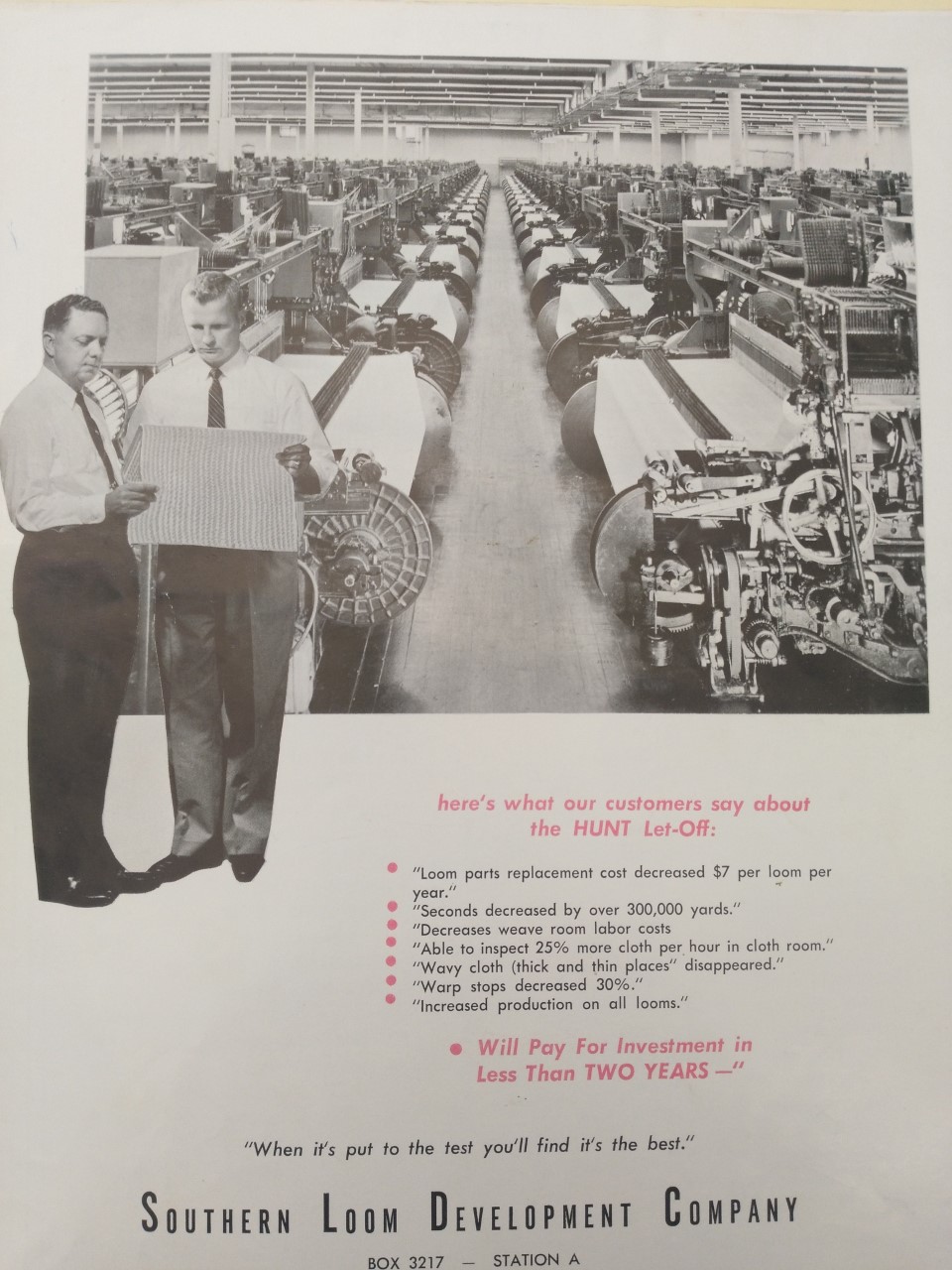
Taken from trade literature, this ad shows a Canadian textile mill, circa 1950.




